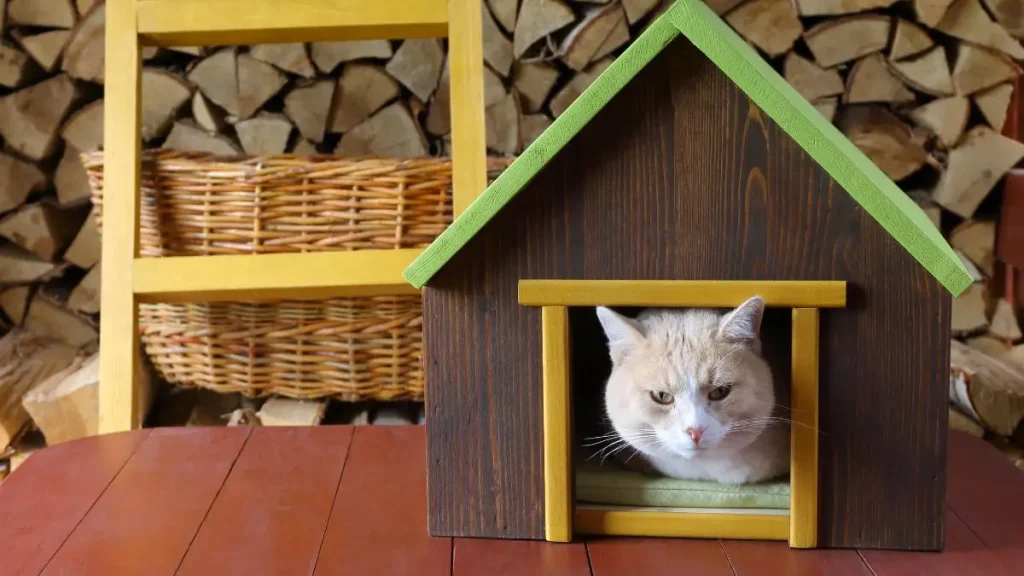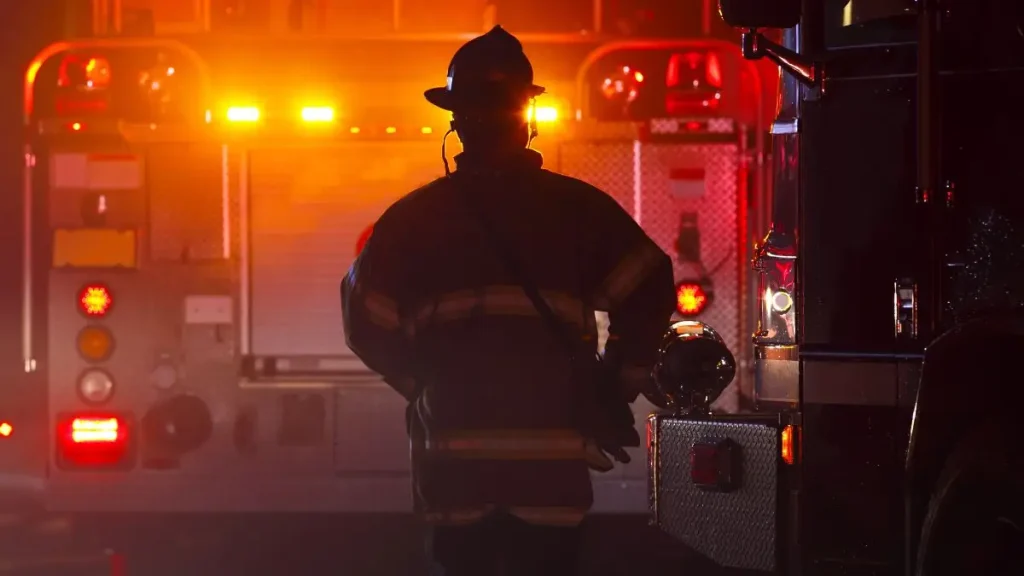50 Cats Inside York County House Fire—Some Perish, Residents Evacuated
When I first read about the fire on Glen Rock Road in York County, the detail that stopped me cold wasn’t just that two people lost their home—it was that nearly fifty cats were trapped inside. Imagine waking up to smoke, knowing your pets, your companions, your rescues are in danger. That’s the kind of heartbreak no one prepares for.
Fire crews rushed in around 9:45 a.m. on Tuesday, smoke pouring from the second floor of what was more than just a house—it doubled as a sanctuary for cats waiting for adoption. By the time the flames were contained, the damage was done: lives uprooted, a home destroyed, and animals caught in the middle of it all.
As someone who’s covered stories like this before, I can tell you—this isn’t just “another house fire.” It’s about people, their pets, and a community suddenly pulled into action.
Before we get into what happened next, let me ask you: if this was your home, your pets, your safe place—what would you want your neighbors and community to do first?
Flames and Smoke on Glen Rock Road
I know house fires happen every day, but when I dug into this one, the details from WGAL’s report hit differently. Firefighters got the call around 9:45 a.m. on Tuesday.
By the time they reached the 1900 block of Glen Rock Road in Springfield Township, smoke was pouring out of the second floor.
The crews traced it back to a bedroom fire. They managed to contain it there, but the damage was still extensive. And here’s the part you and I can’t ignore—this wasn’t just any home. It was also a sanctuary for nearly 50 cats.
Sadly, this isn’t the first time a Pennsylvania community has faced such devastating loss—just recently, a house fire in Amherst resulted in $200,000 in property damage.
A Home Full of Cats, Not Just People

If you’re like me, you probably paused at that number—fifty cats under one roof. This wasn’t hoarding; the residents were running a small sanctuary, giving cats a temporary place to live until they could be adopted.
I kept picturing that scene: smoke alarms going off, animals scared and scattered, firefighters trying to push through heat and smoke.
It reminds you how fragile rescue work can be when it’s happening out of someone’s home instead of a big shelter.
The Race to Save the Cats
Thankfully, not all was lost. Forever Fire Rescue, a group out of Gettysburg, jumped in to help. They managed to pull 26 cats to safety.
Some of those cats have already found temporary homes, which is heartwarming to see. But as of now, about a dozen more are still in need of fosters.
This is where you and I come in. Stories like this aren’t just about tragedy—they’re about opportunity.
If you’ve ever thought about fostering, even short-term, this is the kind of moment where your spare room could literally save a life.
Local rescue groups have been sharing real-time updates on efforts to re-home these cats. If you want to stay updated with such community stories as they unfold, you can also follow them on WhatsApp for quicker updates.
The Human Toll
It’s easy to focus on the cats—and believe me, their story matters—but two people also lost their home that morning. The American Red Cross has stepped in to help them, making sure they’ve got somewhere to stay for now.
Think about that for a second: in the span of an hour, they went from having a house full of pets and memories to standing outside with nothing but the clothes on their back.
You and I can read about it and move on, but for them, the rebuilding starts from scratch.
In other cases too, like the tragic house fire that destroyed a Niskayuna family home, the Red Cross has stepped up to support displaced residents.
How You Can Help Right Now?
Here’s the part where news becomes action. Forever Fire Rescue is asking for fosters and donations.
If you can open your home to one of those cats, even temporarily, you’re taking direct pressure off the system. And if fostering isn’t an option, even sharing their call for help on social media makes a difference.
On the human side, the Red Cross always welcomes community support—whether that’s donations or volunteering.
If you’ve ever wondered how you could step in when disaster hits close to home, this is that chance.
So let me ask you—if you had one way to pitch in right now, would it be giving space, giving time, or giving money?
Fire Safety in Homes Full of Animals

If you’ve ever lived with pets, you know how quickly a normal space can get chaotic—cords chewed, candles knocked over, doors left ajar. Now imagine that multiplied by fifty. That’s the kind of risk a home-based sanctuary lives with every single day.
Fire departments and the NFPA (National Fire Protection Association) have been warning for years that pets actually cause hundreds of home fires in the U.S. every year.
Smoke detectors, escape plans, and even something as simple as keeping open flames out of reach can be the difference between a scare and a tragedy.
I’ll be honest—reading this made me double-check my own setup at home. You don’t need to run a cat sanctuary to take this seriously.
You and I can both learn from it: test your alarms, map a quick escape plan, and if you’ve got multiple animals, think about how you’d get them out fast.
What Happens Next?
Right now, investigators still don’t know what sparked the blaze. That answer will come later. What’s more immediate are the cats who need homes and the residents who need stability.
Updates will keep rolling in—whether it’s through Forever Fire Rescue’s social posts about fosters being placed, or local fire officials releasing the cause of the fire.
And honestly, this is where you and I should pay attention. Following these updates isn’t just about curiosity; it’s about showing the people involved that their story matters.
Unfortunately, investigations often reveal heartbreaking outcomes—as seen when a man died in a Carson City house fire just last weekend.
From Tragedy to Community Strength
Yes, this was a tragedy—lives disrupted, animals lost. But when I look at the details, I also see resilience: firefighters risking themselves to get cats out, volunteers stepping up to foster, and neighbors opening their doors to help. That’s the part I don’t want you to miss.
Stories like this remind me that community is more than just a word—it’s action when someone’s world burns down.
If you’ve read this far, I’ll leave you with one question: how will you be part of that community the next time disaster strikes close to home?
If you’re interested in reading more real stories of house fires and how communities respond, visit our House Incidents section for the latest updates.
Disclaimer: The details in this article are based on official fire department reports and local news sources. Information about the cats and displaced residents may change as updates come in. Readers are encouraged to verify with local authorities or rescue organizations before taking action.


